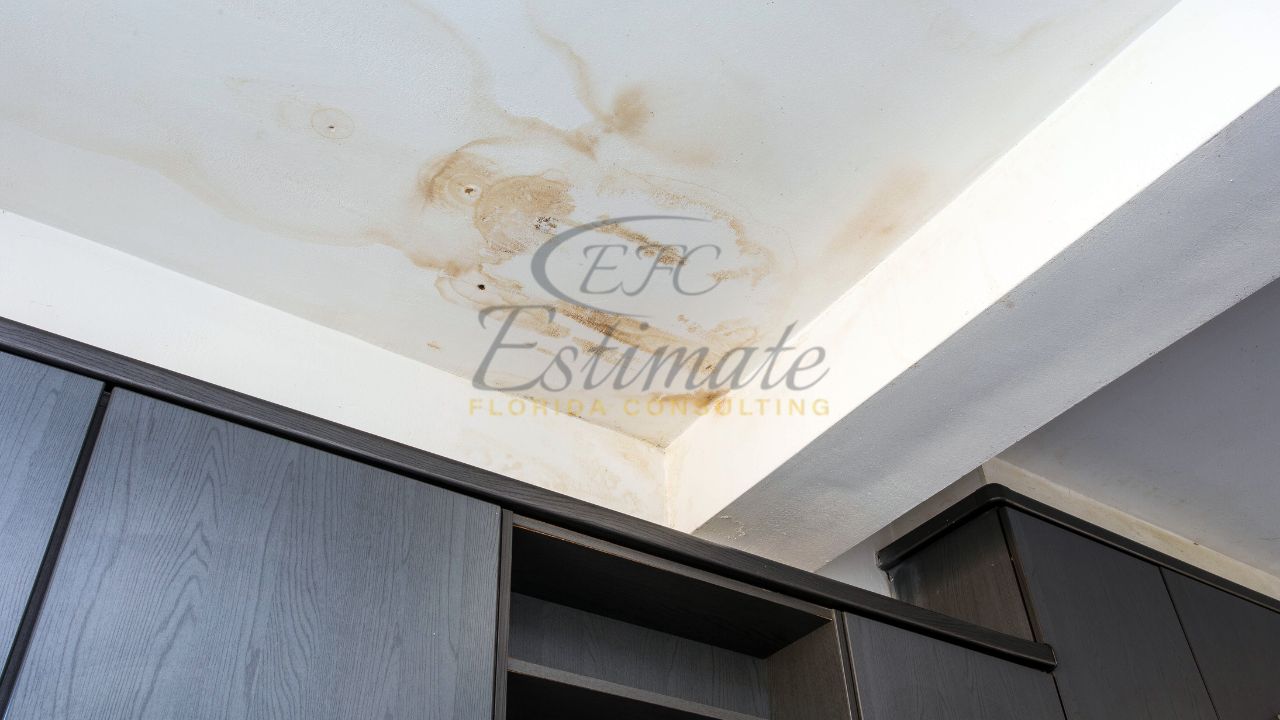The Calm Before the Repair: Why Prevention Beats Restoration Every Time?
Every homeowner understands the uneasy feeling that comes when something suddenly goes wrong—a leaky roof, a flooded basement, or a broken HVAC system in the middle of summer. These moments are more than just inconvenient; they can be costly, stressful, and time-consuming. Yet, what many overlook is the quiet power of prevention. Preventative maintenance, often dismissed as a chore or an unnecessary expense, is the unsung hero that can save homeowners from a spiral of repairs and restorations.
Taking care of your property before something breaks isn’t just about saving money. It’s about maintaining peace of mind, extending the life of your investments, and ensuring your home continues to provide comfort and safety for years to come.

The High Cost of Waiting
Many people underestimate the ripple effect of neglect. A small drip from the ceiling can seem harmless, but behind the drywall, water can slowly rot wooden beams, corrode metal, and create the perfect breeding ground for mold. What could have been resolved with a few minutes of inspection and a minor repair may eventually require structural reconstruction and professional remediation.
It’s not just about water, either. Roofs, HVAC systems, plumbing, and even paint all deteriorate with time and exposure. Waiting until something fails means you’re paying for both the problem and the damage it caused along the way. Reactive repairs nearly always cost more than proactive care.
Prevention: A Long-Term Mindset
Preventative maintenance isn’t about perfection; it’s about consistency. The goal is to catch problems early—long before they escalate. Regular inspections, seasonal maintenance checklists, and scheduled servicing can extend the lifespan of virtually every part of your home.
Think of it like routine health checkups. A doctor’s visit once or twice a year might feel unnecessary when you feel fine, but it can reveal underlying issues before they become serious. Similarly, small investments of time and attention around your home can prevent expensive disasters down the line.
Where Prevention Makes the Biggest Difference?
Certain areas of the home benefit more than others from preventive measures. Here’s where routine attention pays off the most:
1. Roof and Gutters
Your roof takes the brunt of every storm, every gust of wind, and every season’s temperature swing. Cracked tiles, clogged gutters, or loose shingles might not seem urgent at first, but they’re gateways for water infiltration. Left unchecked, these small issues can compromise insulation, ceilings, and even electrical systems.
2. Plumbing and Water Systems
Tiny leaks under sinks, dripping faucets, or slow drains can indicate larger hidden issues. Preventative plumbing maintenance can identify deteriorating seals, mineral buildup, or aging pipes before they fail.
3. HVAC Systems
Filters clog, ducts accumulate dust, and motors wear down over time. Scheduling regular maintenance not only prevents breakdowns but also keeps energy bills lower and indoor air cleaner.
4. Exterior Surfaces and Foundations
Cracks in walls or foundations, chipped paint, and worn caulking might seem cosmetic, but they allow water and pests to enter. Addressing these issues early preserves structural integrity and keeps your home looking its best.
Why Reliable Experts Make All the Difference?
Even with the best intentions, some maintenance tasks require professional knowledge and precision. That’s where the value of a reliable local expert truly shines. For instance, Tile and shingle roof specialists in Palm Beach Gardens understand the unique challenges that coastal weather poses to roofing materials. Their regular inspections can catch damage caused by salt air, humidity, or storm debris before it compromises your home’s structure. Having access to a dependable specialist not only ensures quality work but also gives you the confidence that your home is being cared for by someone who understands local conditions and materials.
The same logic applies to other trades—whether it’s HVAC technicians, electricians, or plumbers. A relationship with a trusted local expert means faster response times, better advice, and often, more affordable preventative care than emergency repairs.
The Subtle Art of Being Prepared
Preventative maintenance works best when it becomes part of your normal routine. Homeowners who schedule seasonal inspections, keep maintenance records, and learn to spot early warning signs are rarely caught off guard.
Set reminders for key seasonal tasks—like clearing gutters before winter or checking your air conditioning unit before the first heatwave. A simple checklist can help you stay organized and ensure nothing is overlooked.
Another effective approach is to partner with trusted local professionals. They bring experience, the right tools, and an eye for details that might escape even the most diligent homeowner.
The Real Value Behind Preventative Care
It’s easy to measure prevention in dollars saved, but its true worth extends beyond finances. Preventative maintenance provides:
- Peace of mind: Knowing your home is in good shape eliminates constant worry.
- Consistency: Your home’s systems operate efficiently, reducing energy waste.
- Safety: Early detection of issues like electrical faults, gas leaks, or mold keeps your household protected.
- Longevity: Materials and appliances last longer when properly maintained.
- Sustainability: Preventing waste and reducing replacements benefits the environment.

Each small action adds up, creating a home that’s more resilient, comfortable, and valuable over time.
The Psychology of Proactive Ownership
There’s also a mental shift involved in choosing prevention over repair. It’s about moving from a mindset of reaction to one of readiness. Many homeowners delay maintenance because it doesn’t feel urgent—but that’s exactly when it’s most effective.
Being proactive means acknowledging that everything, from paint to plumbing, has a lifespan. It’s about taking responsibility not only for fixing what’s broken but for protecting what still works. This perspective helps homeowners plan budgets, reduce stress, and avoid unpleasant surprises.
Over time, proactive habits create a culture of care—one that prioritizes longevity and quality over short-term convenience.
How to Build a Preventative Plan?
A structured plan makes preventive care easier to manage. Here’s how to get started:
- Assess Your Home: Begin with a full inspection. Note any visible wear, leaks, cracks, or odd sounds.
- Create a Schedule: Break maintenance tasks into seasonal or monthly intervals.
- Document Everything: Keep a simple record of repairs, inspections, and replacements.
- Work with Professionals: Schedule annual inspections for critical systems like roofing, HVAC, and plumbing.
- Stay Consistent: Prevention only works when it’s consistent—make it a habit, not a one-time project.
With a clear plan, you can spread out costs, prevent surprises, and handle upkeep in manageable steps rather than crisis mode.
Small Steps, Big Results
It’s easy to underestimate how much of a difference small acts of care can make. Cleaning gutters, tightening a loose fixture, or replacing worn seals might seem insignificant, yet each action delays the need for costly repairs.
Homeownership comes with responsibility, but it also offers the reward of security and
Conclusion
Every repair begins as something smaller—something preventable. Taking the time to inspect, maintain, and address early signs of wear isn’t just about preserving property; it’s about protecting your time, money, and peace of mind. Prevention might not offer the dramatic satisfaction of a full renovation or a brand-new installation, but it delivers something far more valuable: the calm before the repair.
By embracing a preventative mindset, homeowners can live more comfortably, spend less on emergencies, and extend the lifespan of their homes. Because in the end, the best kind of repair is the one you never have to make.

